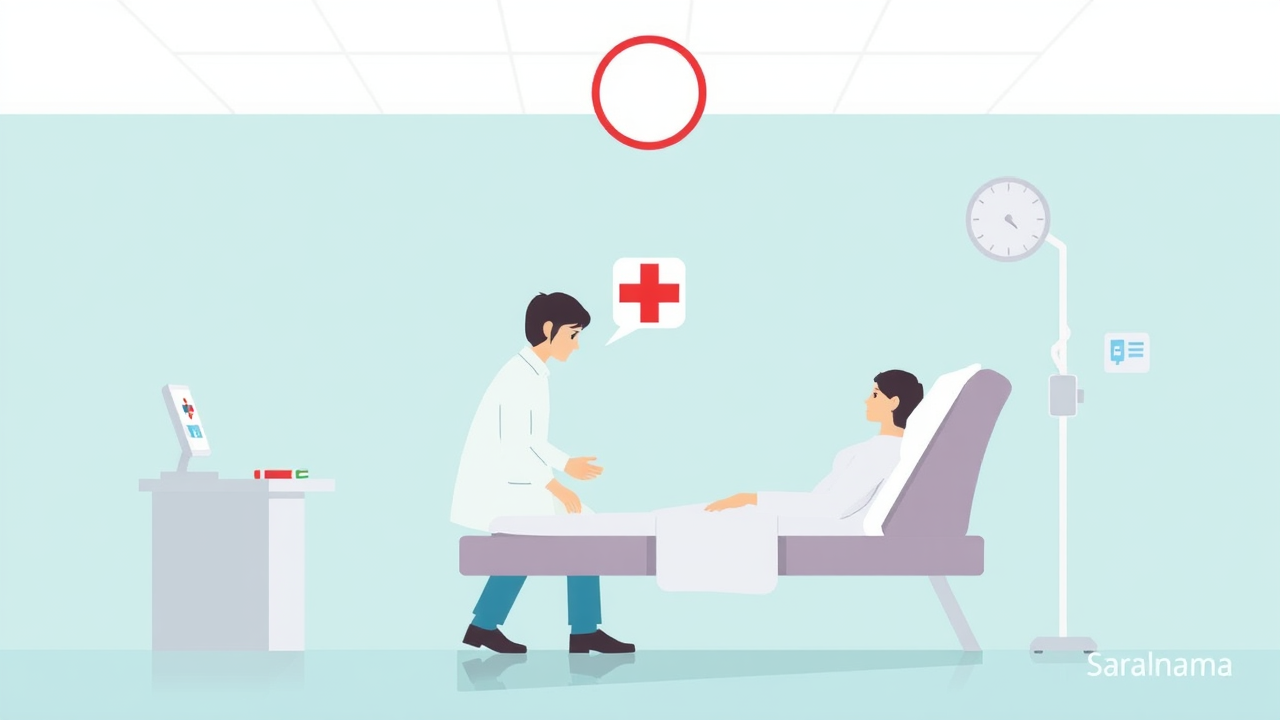Zerodha CEO Nithin Kamath, who experienced a stroke in January 2024, recently shared his biggest regret from that health crisis. The 46-year-old entrepreneur admitted he should have rushed to the hospital immediately instead of trying to sleep it off. He highlighted the dangerous "nothing will happen to me" mindset common among people under 50. Medical experts stress that the first 4.5 hours after stroke symptoms appear form a critical "golden window" when treatment can save brain cells and prevent permanent disability. Strokes are rising sharply among younger Indians, with nearly 30 per cent of cases now affecting people aged 30 to 50. Doctors warn that lifestyle factors like stress, poor sleep, high blood pressure, diabetes, smoking, and physical inactivity are key drivers. In India, three people suffer a stroke every minute, with 18 lakh individuals affected annually. Up to 80 per cent of strokes are preventable through timely intervention and lifestyle changes.

Why immediate hospital care during stroke is life-saving
The first 4.5 hours after stroke symptoms appear are called the "golden window" because prompt treatment during this period can prevent long-term disability and save lives. During an ischemic stroke, when blood flow to the brain is blocked, doctors can administer clot-busting medicine called tPA within this timeframe to dissolve the clot and restore circulation. For large vessel occlusions, the window extends to 24 hours for mechanical thrombectomy procedures. Beyond these critical periods, brain cells die rapidly, causing irreversible damage like paralysis or speech problems. Recognizing stroke symptoms using the BE FAST acronym—Balance loss, Eye vision problems, Face drooping, Arm weakness, Speech difficulty, and Time to act—can make the difference between full recovery and lasting disability.
Source: Link
